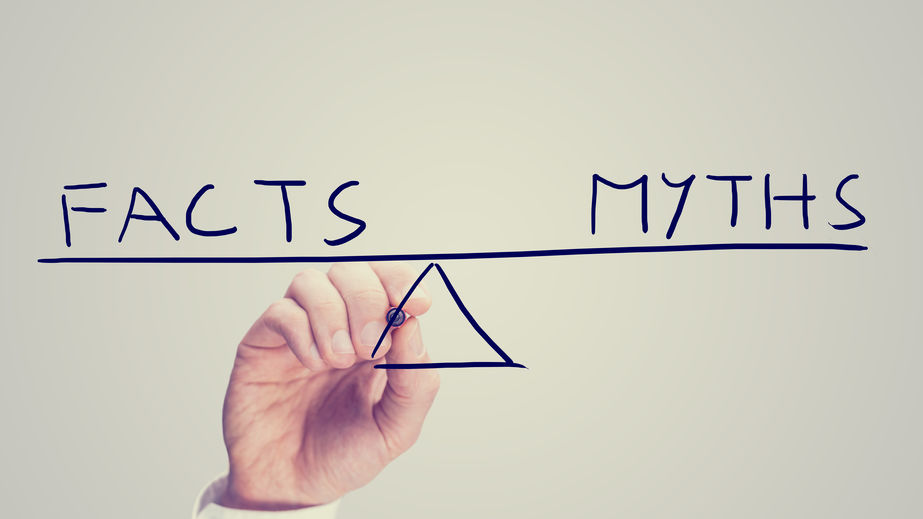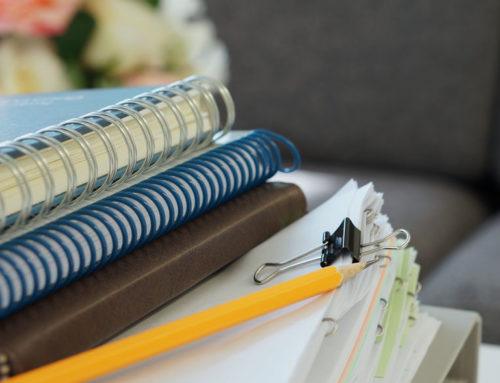What comes to mind when you think of a private school? Maybe a mostly wealthy, white, and privileged student body all dressed in matching uniforms. Or maybe ivy-covered buildings and expensive stadiums. Or elitist families driving up in luxury cars to drop their kids off. It’s not a very welcoming picture, is it?
The truth is that most private schools today don’t look anything like these stereotypes. Just ask students like Cameron Smith. Back in 2007, Cameron was a sixth grader with cerebral palsy struggling to read and follow instructions. His family was low-income and couldn’t afford to leave their public school.
But thankfully he received a government scholarship to attend a local private school. Fast forward to today: The happy ending is that Cameron recently graduated magna cum laude from Reinhardt University with a bachelor’s of fine arts degree in musical theater. And his future is bright.
The truth is that America’s nearly 34,000 private schools (serving around 4.5 million students) don’t all look the same. Even so, some nagging myths continue to plague private schools today. Stick around and we’ll tackle a few of the top ones in this blog post!
Myth 1: Only rich kids go to private schools
In the past it might’ve been true that only the upper crust could afford a private school, but that’s no longer the case. Many schools want a diverse student body, and that’s inclusive of students from lower-income families. Generous financial aid packages are there to help.
What’s more, many states now have school-choice measures in place to help children with special needs or those from low-income households afford private-school tuition. (See myth 5 below for more.)
While it’s true that the cost of private school continues to climb, there is a recent movement to create highly cost-effective, low-tuition private schools. One of the best examples is Thales Academy in North Carolina, a network of private schools that purposefully keep costs and tuition low ($5,300 a year for elementary school).
Myth 2: Private schools aren’t diverse
Again, this myth might’ve been largely true in the past, but it certainly isn’t today. And trendlines are heading in favor of even greater diversity in the future. Nearly one-third of the average private school’s student body is made of racial minorities. In recent years, more Hispanic and Asian families have chosen to enroll in private schools as well.
Even more, private schools are available to those who live outside big cities. Over 30 percent of independent schools are located in rural areas or small towns. In addition, contrary to the viewpoint that private schools are palatial estates with ivy-covered walls, the average private school is relatively small with an enrollment of 142 students.
Myth 3: Private schools are only for smart kids
The variety and types of independent schools are so diverse that you can’t pigeonhole them, as this myth does. Some private schools are designed for exceptionally smart students, but countless others are specifically geared toward kids who struggle academically, have behavioral problems, come from disadvantaged backgrounds, or who have special needs.
Myth 4: Private schools are only for religious families
While many families choose a private school due to their faith, many others do so for secular reasons. And although most private schools in the U.S. are affiliated with a faith community, nearly 11,000 secular schools exist as well.
Myth 5: There’s no help available to pay for tuition at private schools
Private-school tuition was once beyond the means of low-income families, but a variety of resources are now available to help parents foot the bill. The national organization EdChoice has a comprehensive list of all government-sponsored resources available in the states.
Common types of assistance include tax-credit scholarships that help families pay for a large portion of the tuition (if not the entire bill) and Educational Savings Accounts (commonly known as ESAs) that give parents the power to customize their student’s education at a private school.
Myth 6: Private schools don’t have standards
One of the advantages of private schools is that they have less red tape to deal with than traditional public schools. But that’s also given rise to the myth that independent schools lack standards. Contrary to this, most private schools have strong standards in place precisely because they are ultimately accountable to the parents who pay the tuition.
For example, many private schools are accredited and require teachers to be certified and have the appropriate credentials. In addition, private schools must comply with health and safety regulations, anti-discrimination laws, and rules covering the minimum number of school days.
And in the end, many parents have found that a private school has far stronger standards across the board than the failing public schools they left behind.
Myth 7: Private schools stress students out
Don’t private schools place too much stress on students to perform and achieve? That’s the way the common myth goes. But the truth is that private schools actually reduce stress levels for most students. Parents sometimes put their kids in private schools, for example, to escape bullies and a hostile environment. Private schools also typically have smaller class sizes and more individualized attention for each student—both attributes that reduce stress.
Without a doubt, K-12 education (and particularly high school) is a stressful time for all students, and those at private schools are just as susceptible. But the idea that private-school students are more stressed as a group than their public school counterparts is simply false.
Share your experience
Now it’s your turn! What are some of the myths you’ve encountered about your private school? Let us know in the comments section below.








My sister and her husband are planning to send their kids to a private school for their K-12 education which I totally support. I like that you said that those who reside outside of major cities have access to private schools because more than 30% of independent schools are found in rural or small communities. I’m sure this article will help them locate the best education facility for their kids’ potential and growth.